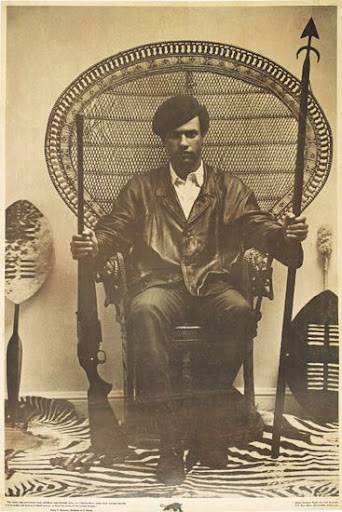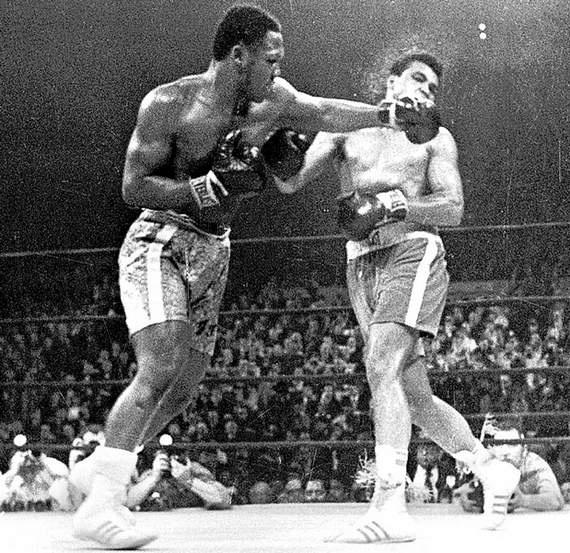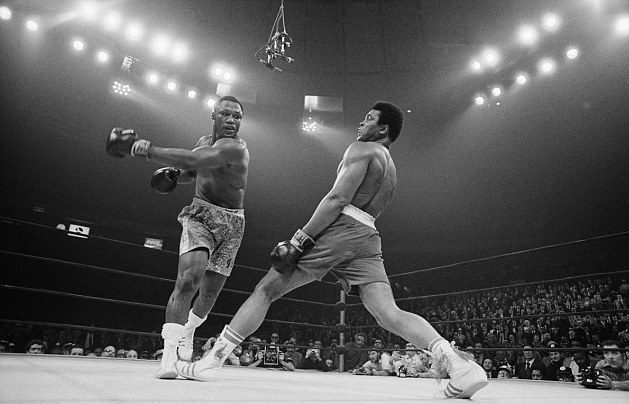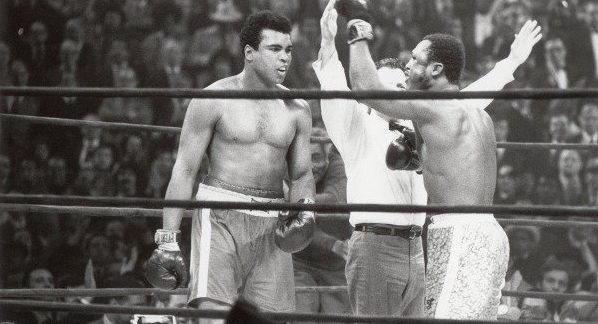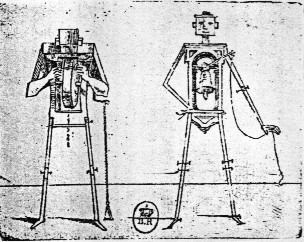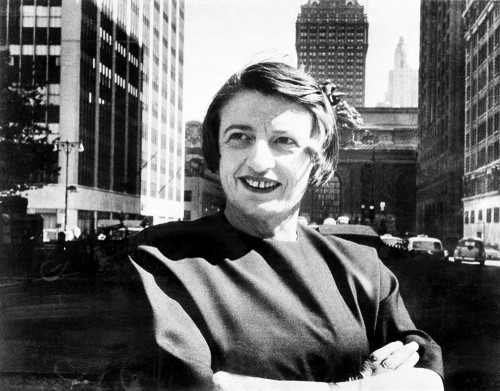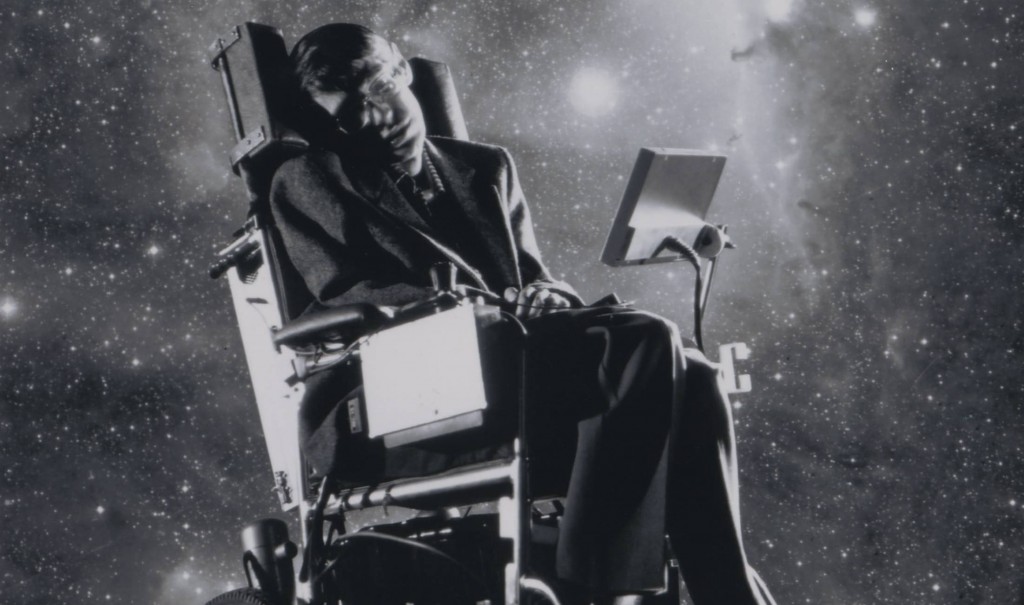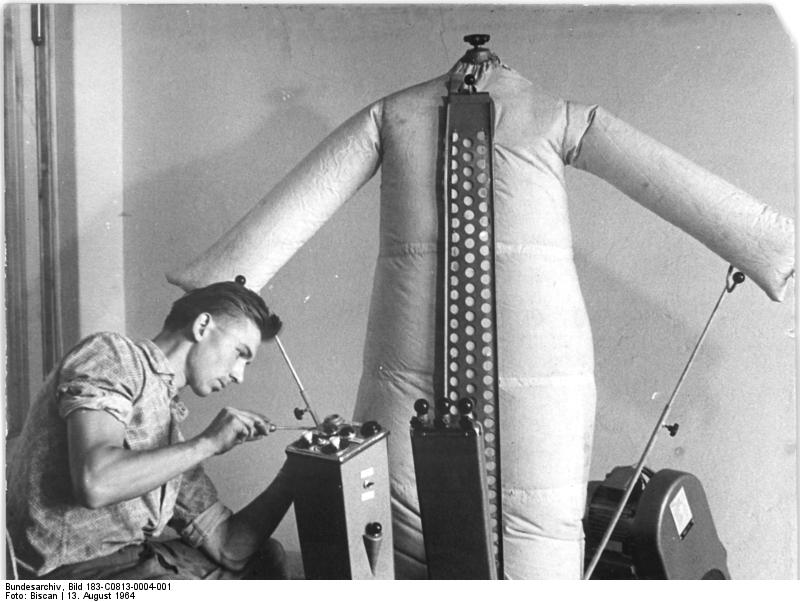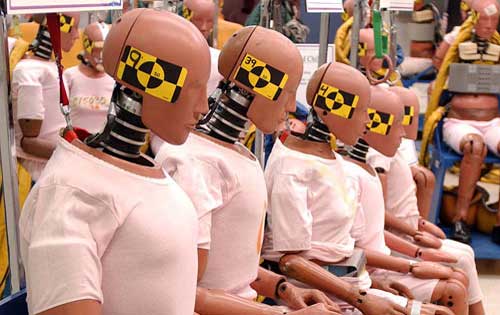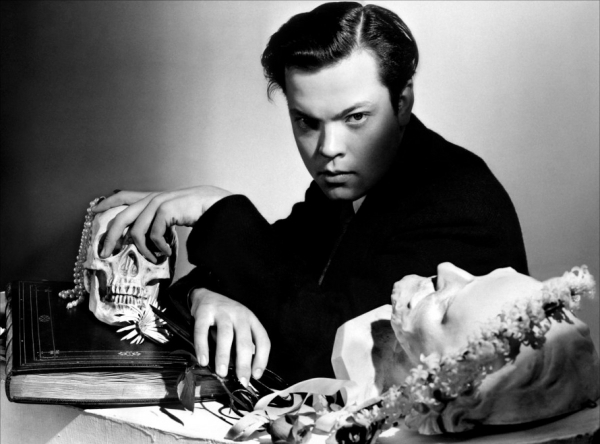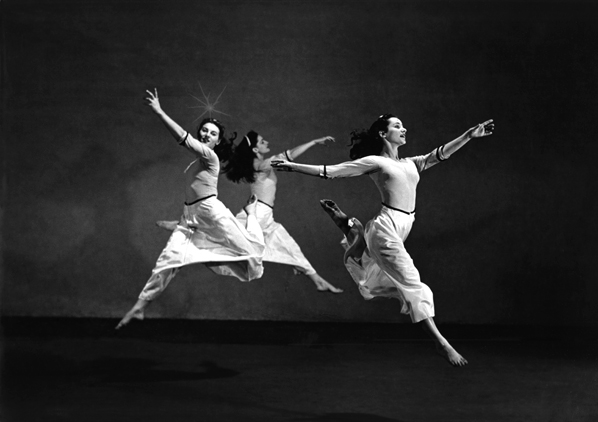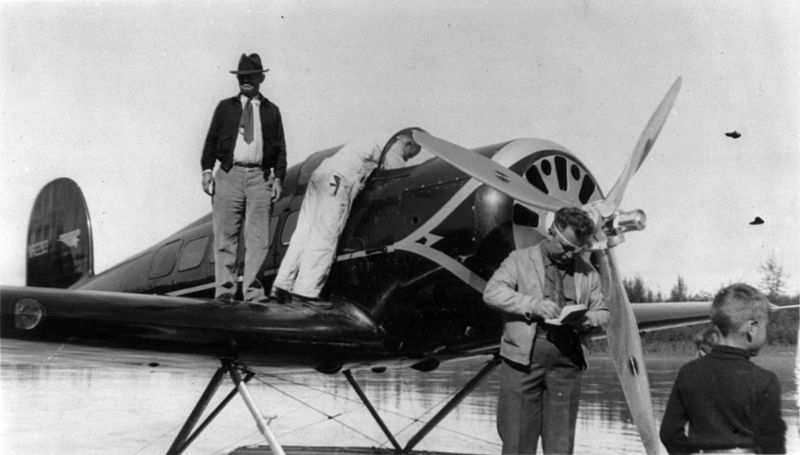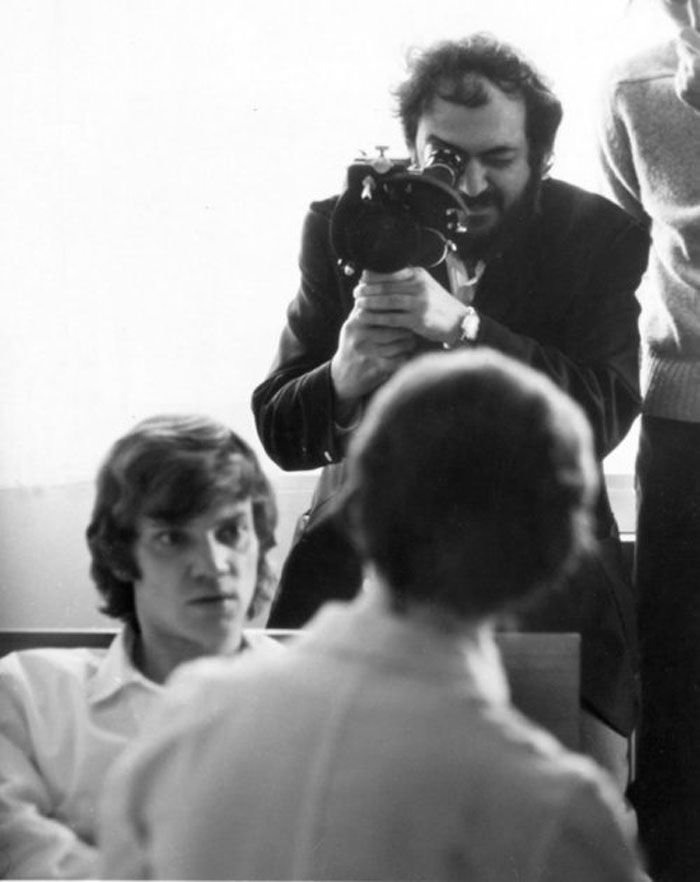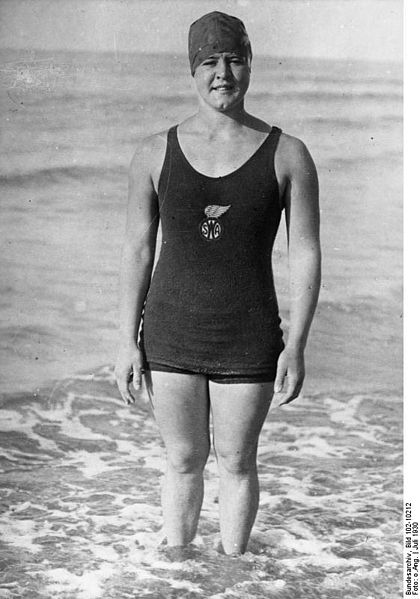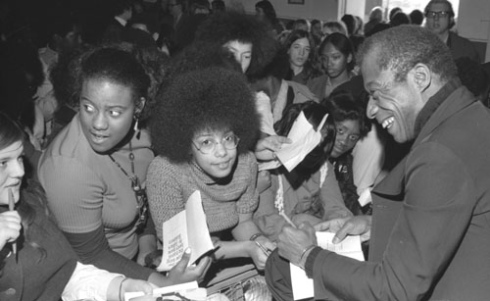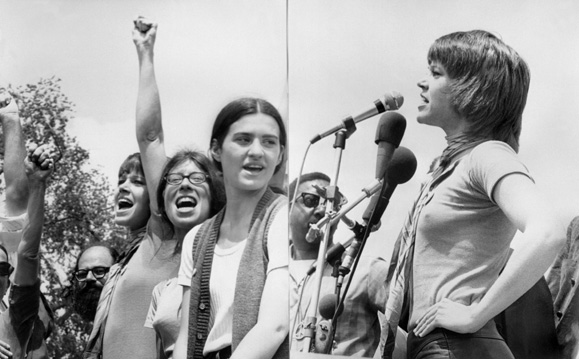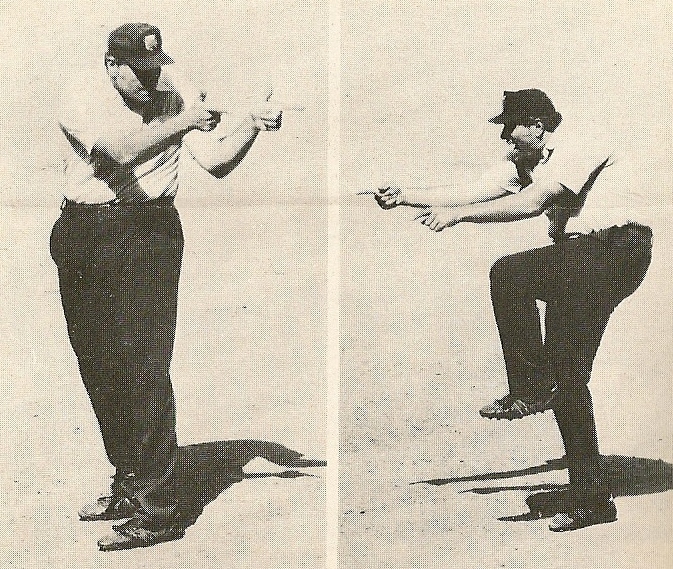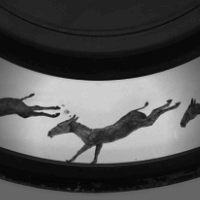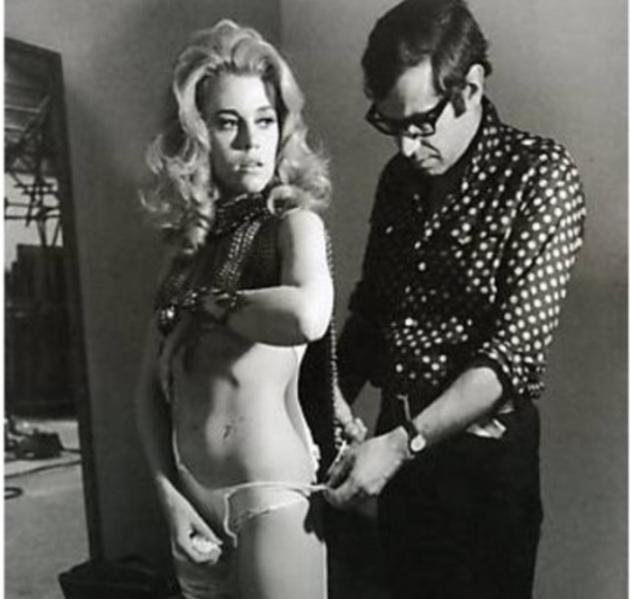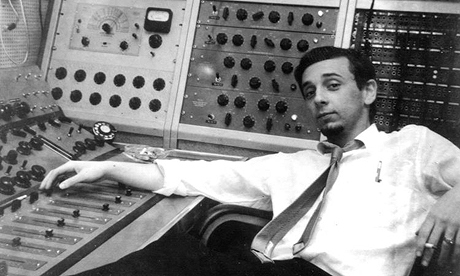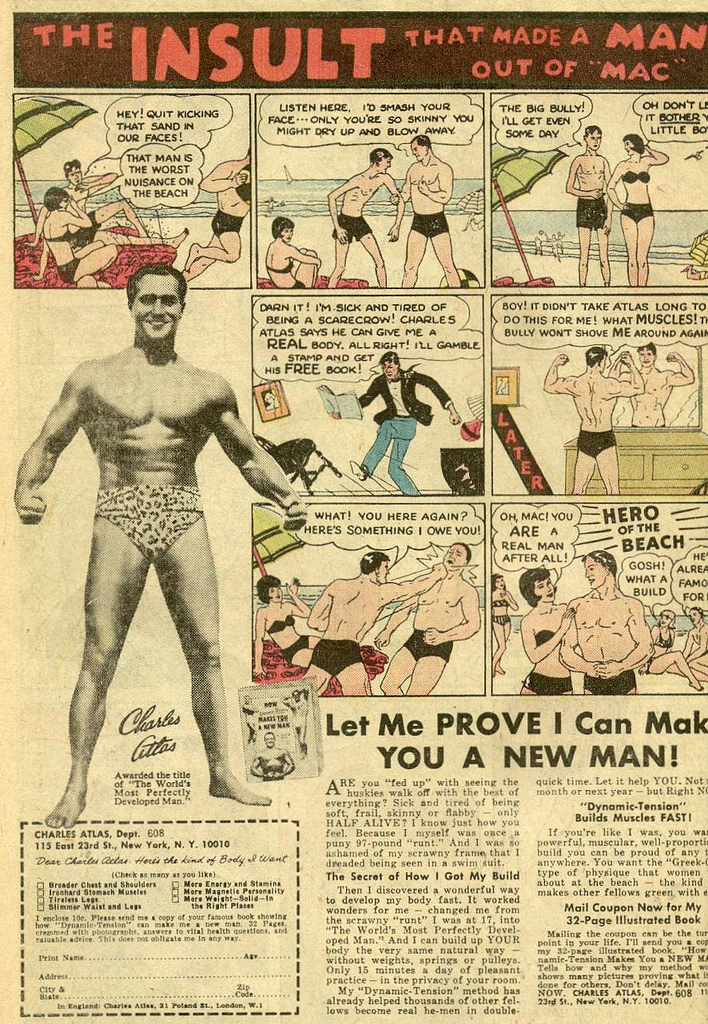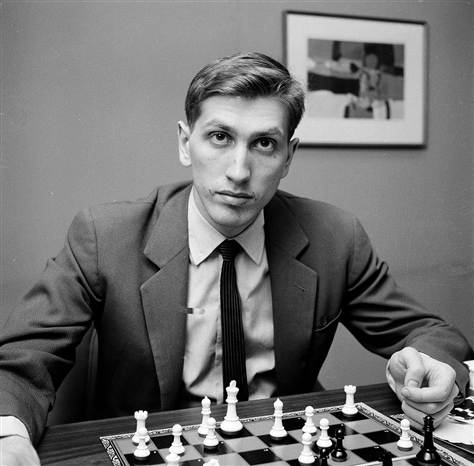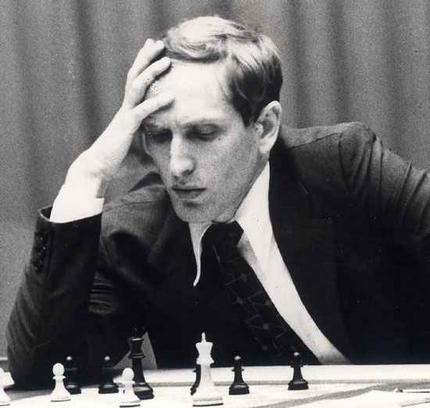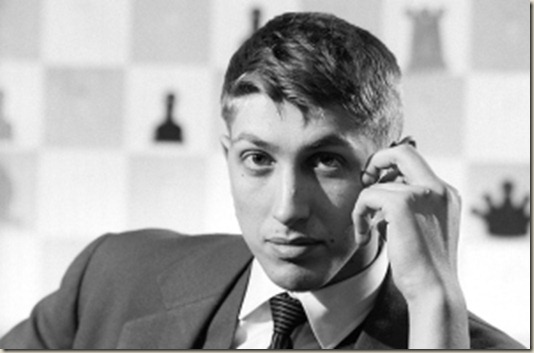A while back, I posted a short video from William F. Buckley’s 1973 Firing Line interview with Black Panther Huey P. Newton. Here’s the full one-hour conversation, though audio only.
You are currently browsing the archive for the Videos category.
Tags: Huey P. Newton, William F. Buckley
In his TED Talk, Andrew McAfee asserts that the robotization of labor is a good thing. Sure, in the long run.
Tags: Andrew McAfee
Pete Hamill refers to the evening of the first Muhammad Ali-Joe Frazier fight, which took place on March 8, 1971 at Madison Square Garden, as “perhaps the greatest night in the history of New York City.” Maybe. Of course, it would have been amazing to be in Times Square when WWII ended or to hear Abraham Lincoln speak at Cooper Institute in 1860 or to be there in 1927 to watch the ticker-tape parade for Charles Lindbergh after his transatlantic solo flight.
But Ali-Frazier was no doubt very special, considering the political backdrop of the former Cassius Clay being stripped of his title and two of the greatest heavyweights ever meeting while each was still undefeated. Just prior to the fight, Life magazine published a cover story by Thomas Thompson about that anticipated match, “Battle of the Champs.” An excerpt:
There is almost an obscene aura of money hanging over the fight. It might seem to be the ultimate black man’s revenge–each fighter getting his $2.5 million. But the white man will, as per custom, get his. The promoter of the fight is a 40-year-old California theatrical agent and manager named Jerry Perenchio whose clients include Richard Burton, Andy Williams, Johnny Mathis and Henry Mancini.
Perenchio is a pleasant man who wears monogrammed shirts and who would seem to be more at home beside a Beverly Hills swimming pool than at ringside of Madison Square Garden. But he is so far cleverly navigating his way through the turmoil. “I feel like I am smack in the middle of the court of the Borgias,” he said the other day. “So far I am being sued in various lawsuits totaling $58 million, and I have people calling me for tickets–the same people who, before the fight, I couldn’t even get on the telephone.”
The fight will be seen in at least 350 closed-circuit locations in America totaling 1.7 million seats, at prices ranging from $10 per ticket to $30. (Top price at Madison Square Garden is $150, but scalpers are already getting $500 per ticket.) “There’s never been anything like it in my lifetime,” says Perenchio, “very possibly since time began.”
Promoting the fight has not been without its problems. Perenchio simply took the map of America and the world, carved it out into various sections, and set a price tag on each for the closed-circuit rights. If the price was met, the rights were granted. If not, they were withheld. So far, more than 20 auditoriums in the U.S. have been withheld from potential entrepreneurs because of Muhammad Ali’s conviction on draft evasion charges.
The fight will be seen live in Canada, Peru, Argentina, Mexico, Japan, and in England at 4 a.m. There would be considerably more outlets if there were enough time. ‘We only had two months really to promote it,’ complained Perenchio. “We’re like a guy in an orchard with only a limited amount of time to pick the fruit. We can only get at the lower branches.”
Perenchio is not overlooking any way to make money from the event. Besides the expected $20 million to $30 million gross anticipated from the fight itself, he is selling the rights to the souvenir program, between-rounds commercials, a special poster and post-fight movie–to be delayed for six months–for a total of $4 million. “We haven’t sold it yet, in fact we’ve only had a few offers of $500,000 or $250,000. We just don’t want to schlock it.”
On top of all this, Perenchio actually plans to seize both boxers’ trunks and gloves so that he can auction them off later. “If they can sell Judy Garland’s red Oz shoes for $15,000, then we should get at least as much for these,” he said. “We get a little blood on the trunks, it makes them all the more valuable.”•
Tags: Joe Frazier, Muhammad Ali, Pete Hamill, Thomas Thompson
In you had given me a paper robot that could walk when I was a child, my eye would have burst. From Smithsonian: “You know the robots are coming for you. But did you know they could be made from paper? That’s right, even your crisp, white ream could be plotting against you. This guy built a whole robot out of paper, and it actually works.”
For the truly impatient, the bot strolls at the 3:14 mark.
James Day interviewing Ayn Rand in 1974. In addition to explaining her Objectivist claptrap, Rand names Victor Hugo as her greatest literary influence.
Tags: Ayn Rand, James Day, Victor Hugo
Tags: Stephen Hawking
The early promise of PCs in the 1970s, in the heyday of the Homebrew Computer Club, was that the individual would be master of the technology, not that we would queue up for “improved” iPhones handed down to us by a gigantic corporation every six months. Chris Anderson thinks the spirit of the Homebrew is regaining prominence and will be the future of American manufacturing. From Farhad Manjoo in Slate:
“As Anderson describes it, the new movement is built on three technological and social advances. First, there’s ‘rapid prototyping.’ Today you can design your world-changing widget on a computer, instantly make it real on a 3-D printer, and then go back to the drawing board to refine it. Second, because your designs are all standard CAD files, you can share them with others and borrow other people’s designs, allowing for everyone to improve their widgets through remixing. Finally, when you’ve perfected your widget, you can take advantage of firms like Kickstarter to raise money, then send your designs to commercial manufacturers that will produce your widget in bulk—even if bulk, for you, means you’re making only a few thousand of them.
When I chatted with Anderson recently, I asked him about the timeline of his vision. He thinks the maker movement is around where the PC industry was in the mid-1980s—somewhere between the release of the Apple II and the Mac, between a computer that was popular with hobbyists and one that was meant for everyone. Soon, we’ll have 3-D printers that cost about the same as paper printers, we’ll have 3-D design software that’s as easy to use as iMovie, and making physical things will take on the kind of cultural significance that making digital things did in the first dot-com boom. At that point, we’ll notice the products around us begin to change, Anderson says. A lot of what you’ll buy will still come from large companies that make mass-manufactured goods, but an increasing number of your products will be produced by ‘industrial artisans.’ These artisans will produce goods aimed for niche audiences—perhaps you’re a gardener who needs a specific kind of sprinkler head, or maybe you want computer speakers shaped like Mount Rushmore. Because they’ll be able to sell anywhere, and because their goods will command higher prices that mass-manufactured stuff, artisans will be able to build thriving small businesses from their inventions.”
•••••••••••
Homebrew at the Byte Shop in 1978:
Tags: Chris Anderson
A 1989 demo of work by pioneering computer artist Myron Krueger.
Tags: Myron Krueger
Baxter, from the thoughtful people at Rethink Robotics, has come to relieve you of your toil–and your paycheck. In the long run, it’s for the best. Have a nice day.
Tags: Baxter
Tags: Helen Mirren, Michael Parkinson
Not too shabby: A 1953 Omnibus production of King Lear starring Orson Welles, with Peter Brook directing and Virgil Thomson conducting his own score. Welles’ first acting performance on American TV.
Tags: Alistair Cooke, Orson Welles, Peter Brook, Virgil Thomson
I never trust a person who doesn’t have enemies. In order to be so popular you had to close your eyes to some bad things, close your mouth as well. You’ve played politics and made deals with some devils. Of course, you could have plenty of enemies and still be a bad person, so I guess my system is flawed.
American humorist Will Rogers famously claimed to have never met a man he didn’t like, though he had darker philosophical leanings than that statement would indicate. Before he became a full-time comedian, the part-Cherokee Indian played a cowboy for circus and vaudeville crowds. He was a tremendously popular national figure when he died in 1935 in a downed plane that was piloted over Alaska by his friend, the famed aviator Wiley Post.
Tags: Wiley Post, Will Rogers
Pretty amazing 1972 video of Anthony Burgess and Malcolm McDowell discussing Stanley Kubrick’s adaptation of A Clockwork Orange.
Tags: Anthony Burgess, Malcolm McDowell
Tags: Dick Cavett, james Baldwin
Palestinian cabbie builds Gaza’s first electric vehicle using recycled parts.
Tags: Monzer Al-Qasas
Speaking of Jane Fonda, she called for an overthrow of the American capitalist system in 1970. But Jane, a well-regulated free market is the best way to spread wealth and information!
Tags: Jane Fonda
Ron Luciano, a showboating baseball umpire and tireless self-promoter, might have been amusing if his constant need for attention wasn’t a sign of desperation. His emphatic out calls and (relatively) outrageous book, The Umpire Strikes Back, made him a well-known figure in the ’70s and 80s. In a game of rules, he made his own, openly mocking a sport that was often taken too seriously. But he had no second act. When his routine grew tired and the beer commercials ran out, Luciano returned to his hometown and sadly committed suicide in 1995. From Matthew Callan at the Classical:
“As Luciano began his slow, undignified climb to the major leagues, he compensated for his lack of knowledge about the game by constantly chatting up players, managers, and even fans, as if hoping to acquire their expertise by osmosis. He developed theatrical calls, aiming hand-pistols at runners and screaming OUTOUTOUTOUTOUT as he emptied an imaginary clip; the hope was that, even if he was wrong, he’d at least be remembered. Luciano made sure to volunteer for every dumb stunt local owners put on both so he would be seen as a good sport and team player, and so he would be seen, period.
Once in the bigs, he constantly got in trouble with league American League president Lee MacPhail, usually for engaging in behavior that dared suggest baseball might be fun. Even if MacPhail wasn’t a fan, Luciano’s antics brought himself attention immediately, at a time when the average fan would have struggled to name even one umpire. A 1974 Sports Illustrated profile painted Luciano as ‘a rebel, an individualist,’ which says more about the staid atmosphere of baseball at the time than it does about the umpire. (His birdwatching hobby was counted among his acts of wanton individualism.)
By the end of the decade, he became president of the umpires’ association through what amounted to determined nudging, positioning himself nearest to the door during union meetings so he could be the first man to talk to reporters waiting outside, and therefore appear to be important; he understood this, correctly, as the most important factor in being important. Luciano’s tales from behind the plate made him a favorite on the winter banquet circuit, a hot stove tradition that’s nearly gone the way of the dodo, and eventually landed him a gig doing color commentary and profiles for NBC’s Game of the Week. The Umpire Strikes Back was the culmination of all this, a huge bestseller that blazed the ‘wacky sports’ trail of the 1980s later trod by The Hall of Shame series, Miller Lite commercials, and an infinite loop of blooper reels.”
••••••••••
Luciano, at the end of his fame in 1991, selling diet cream soda:
Tags: Matthew Callan, Ron Luciano
How can you fool me anymore when anything is possible? Even if you’re just making it up, someone is working to make it real. If I believe, eventually I’m right.
Copy about a robotic pack mule from the thoughtful people at Boston Dynamics and DARPA: “‘We’ve refined the LS3 platform and have begun field testing against requirements of the Marine Corps,’ said Army Lt. Col. Joe Hitt, DARPA program manager. ‘The vision for LS3 is to combine the capabilities of a pack mule with the intelligence of a trained animal.'”
Tags: Lt. Col. Joe Hitt
No audio, but the “magic pen” is put into action.
Jane Fonda and Roger Vadim visit Merv Griffin in 1967, before she was Barbarella or Hanoi Jane or lots of other stuff.
Tags: Jane Fonda, Merv Griffin, Roger Vadim
Tags: Earth Kitt, Merv Griffin, Phil Spector, Richard Pryor
Charles Atlas wasn’t just a pioneer in bodybuilding in America but also in print advertising. Here is at 64 on a 1956 episode of What’s My Line? He named his son “Hercules,” by the way.
Tags: Charles Atlas, Hercules Atlas
Bobby Fischer, unaware of the terrible thing he would become, discusses his future in 1972, shortly after dispatching Spassky.
Tags: Bobby Fischer

